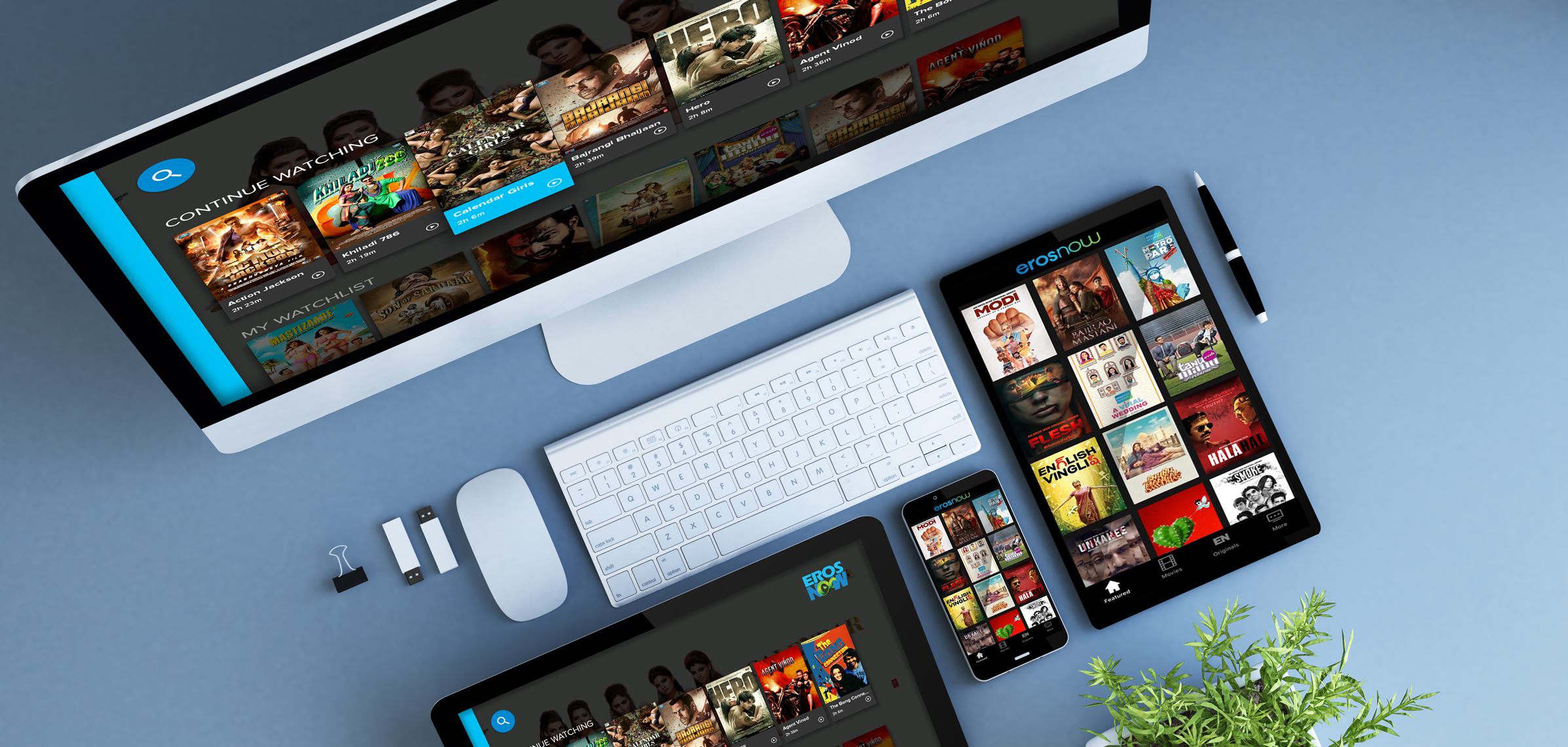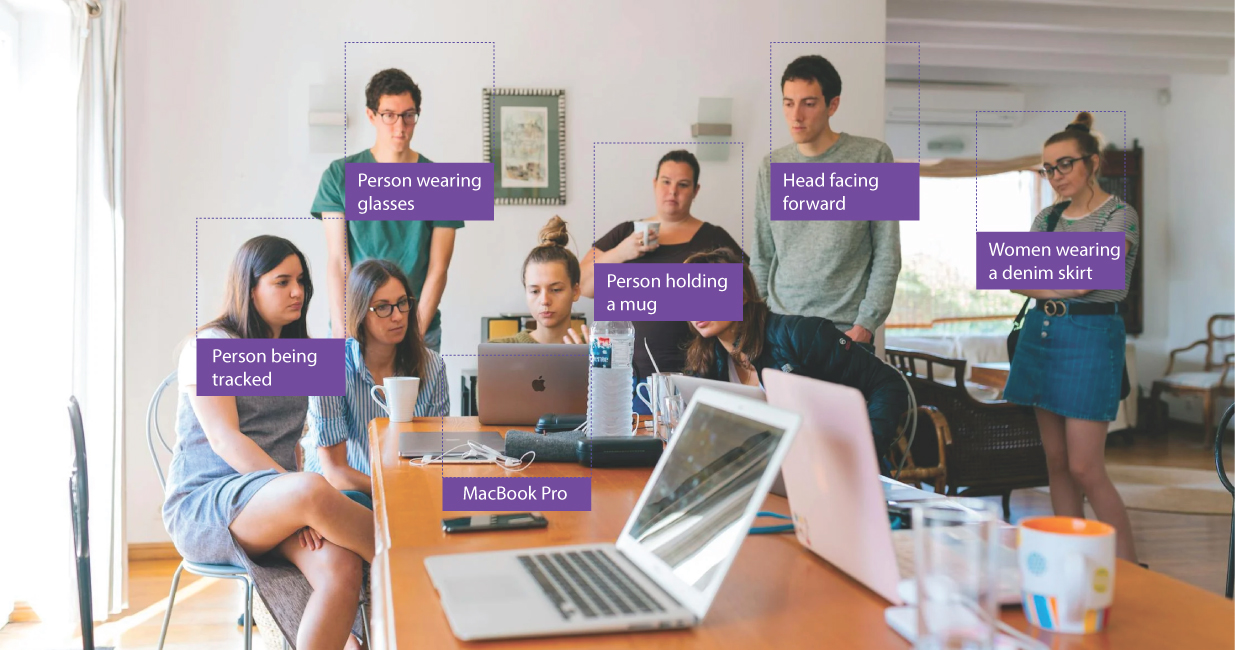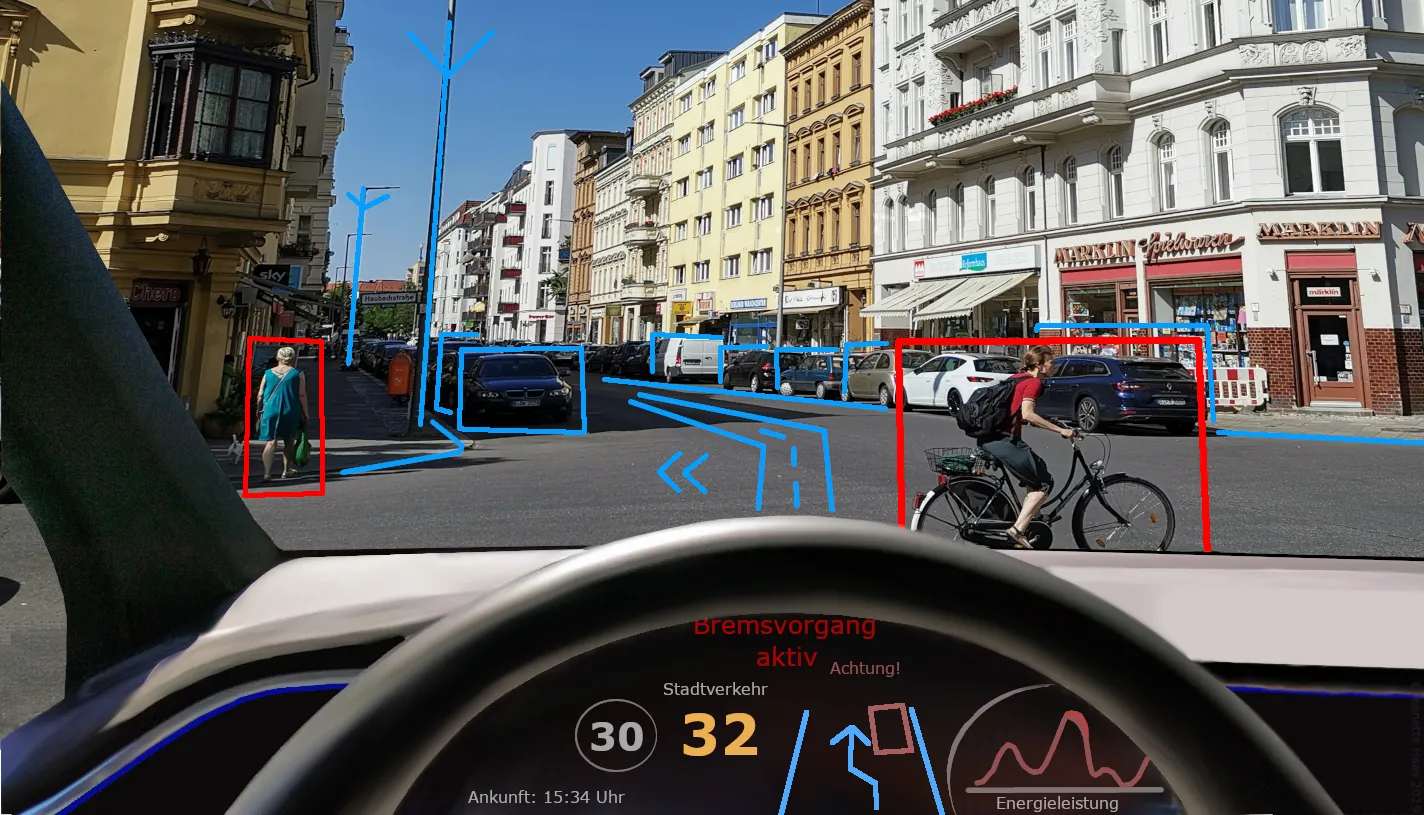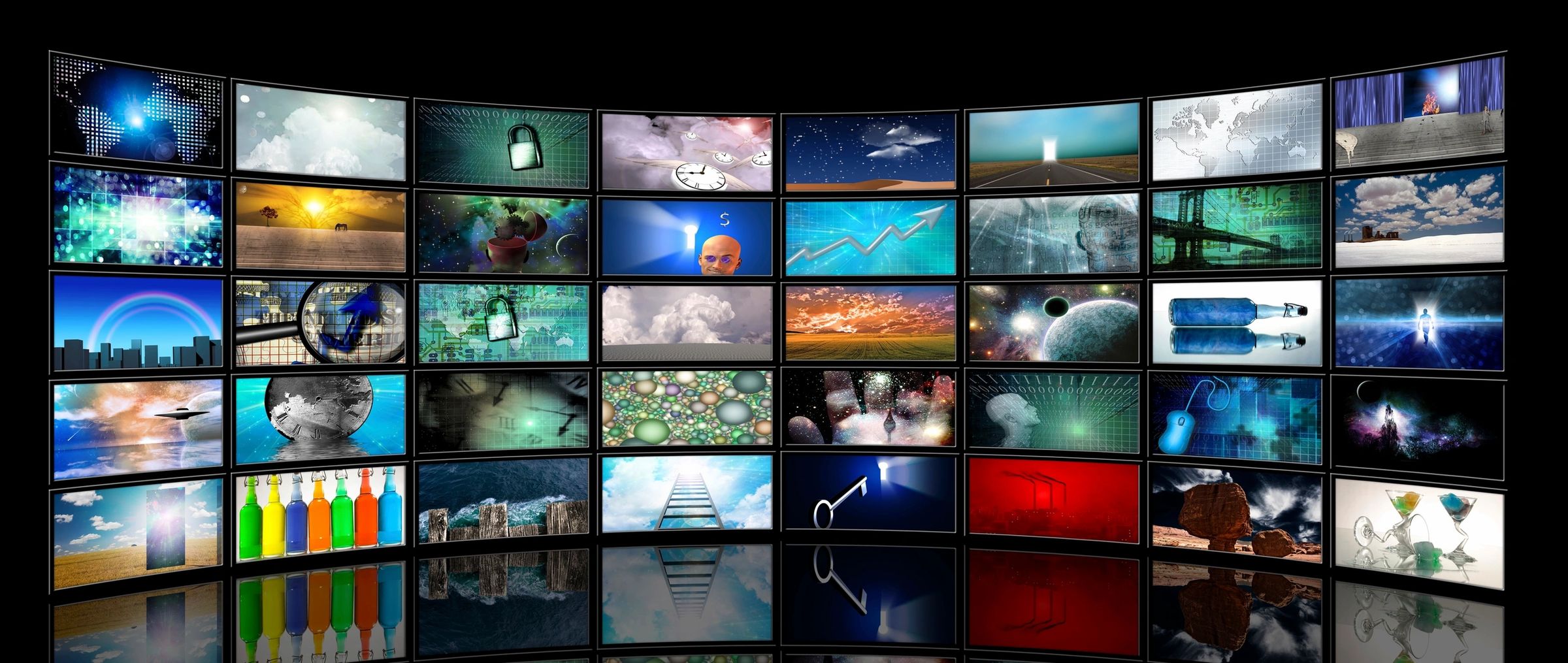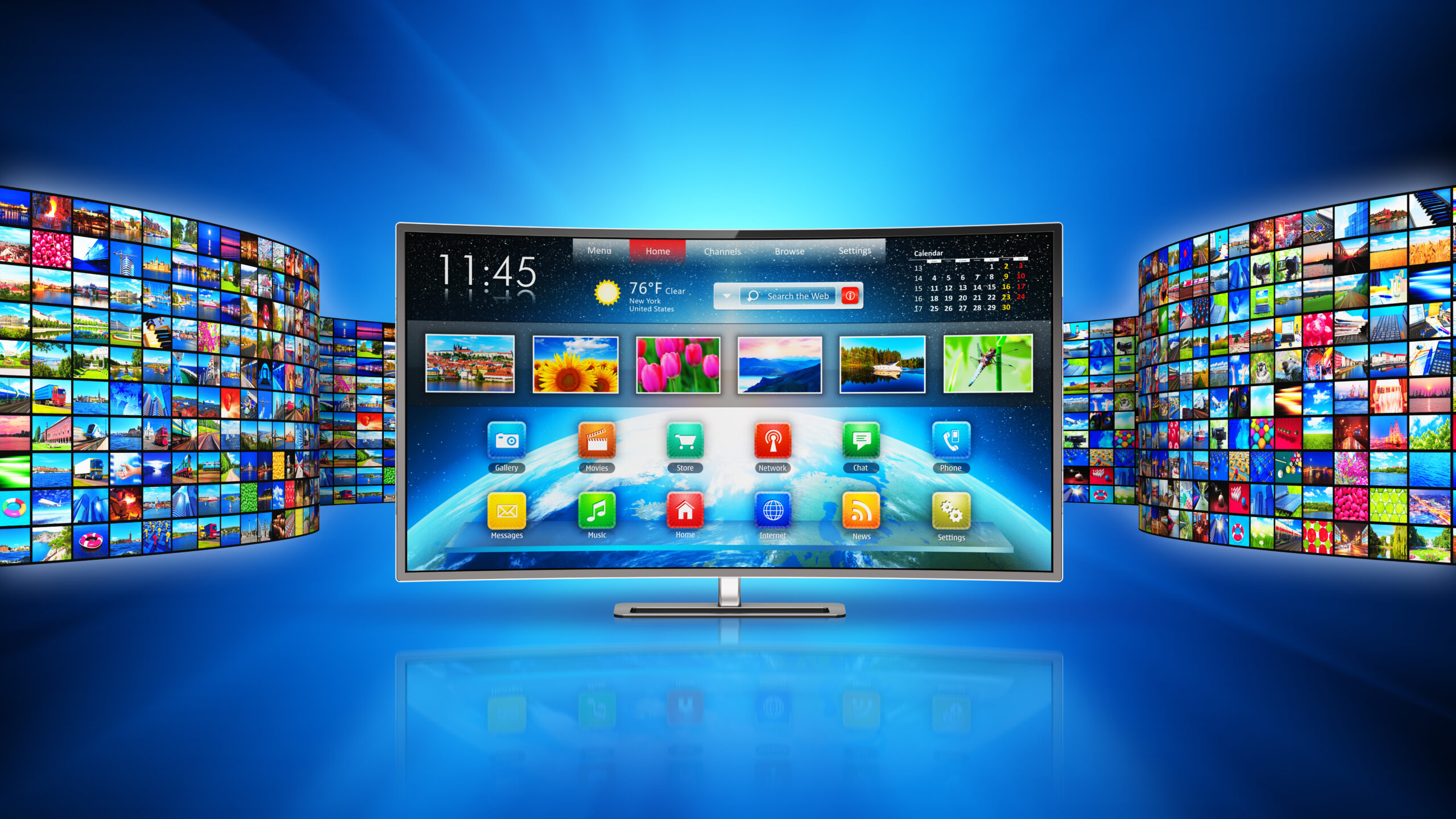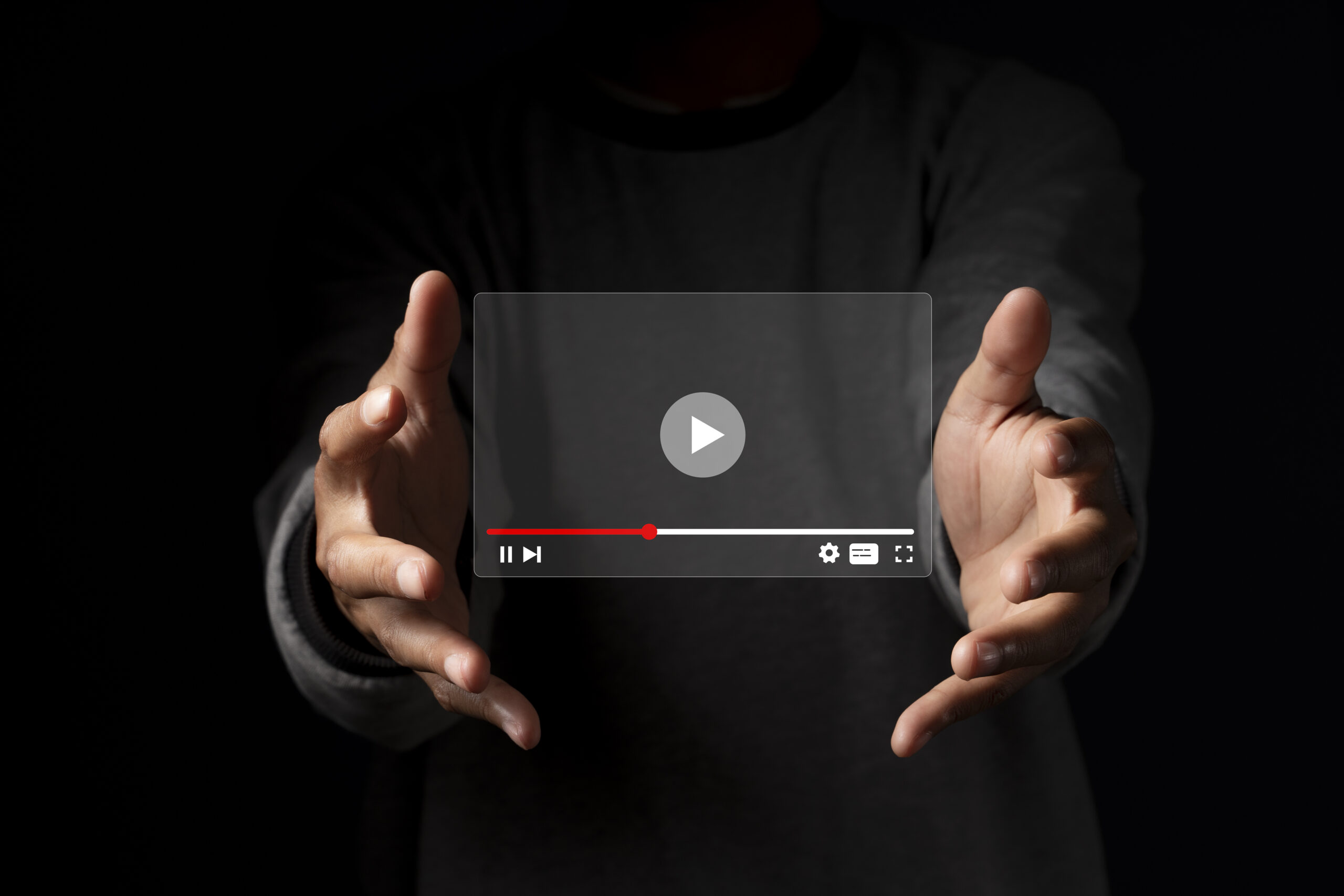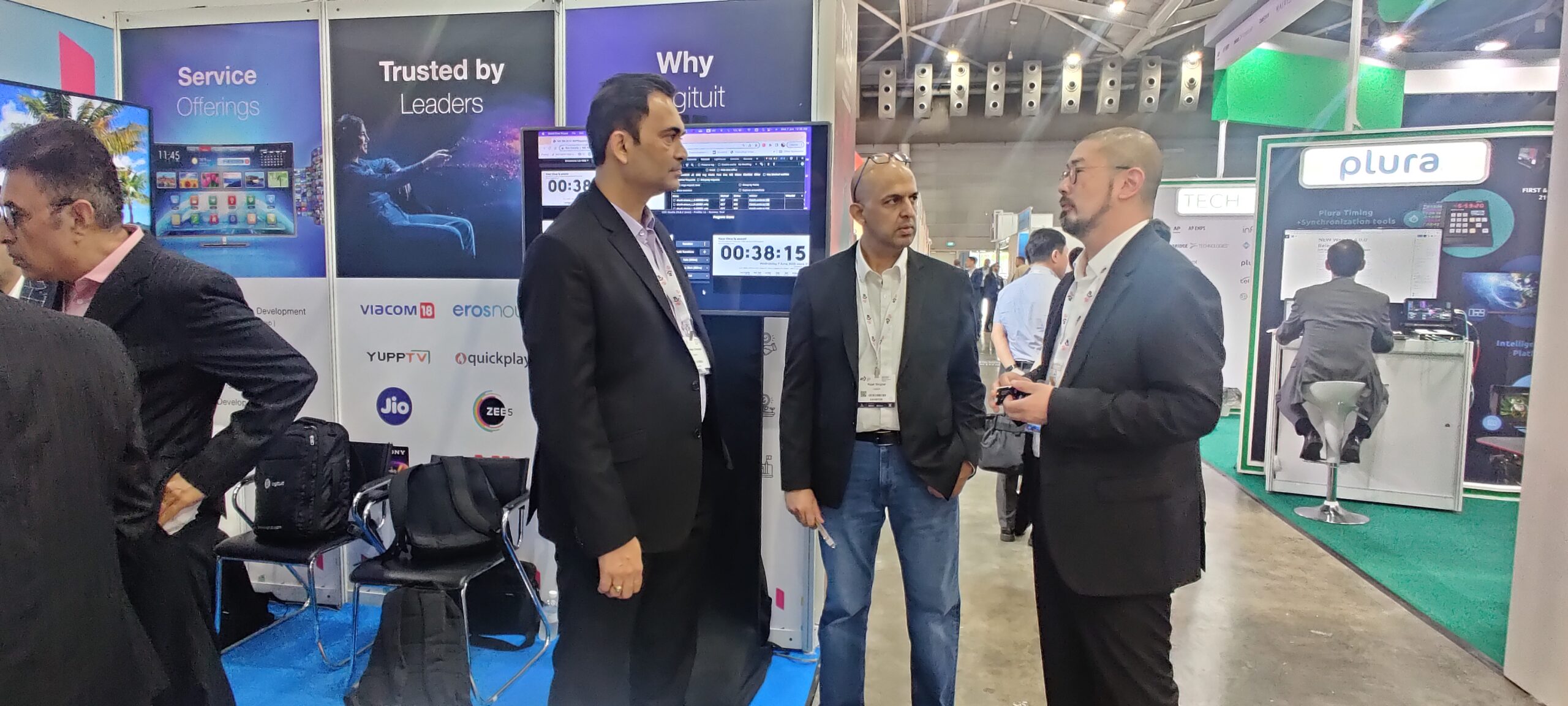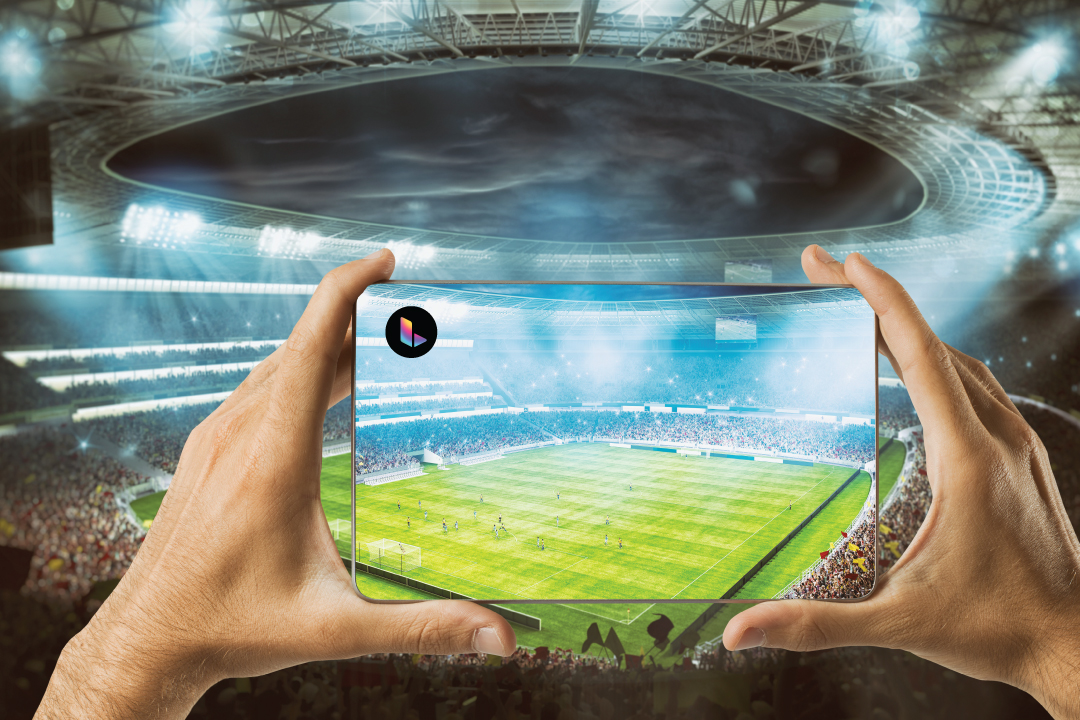BLOG
Connected TV: What Needs to Change for a Better Experience?
Addressing key challenges for a smoother, smarter, and more engaging experience.

Date: 19 March 2025
Think about it: voice control doesn’t always understand what we’re saying, interacting with content on a TV screen is still clunky, making payments can feel like a hassle, and with so many different platforms, there’s no consistency across devices. On top of that, smart TVs don’t have the same powerful hardware as smartphones, so performance can be slow.
Let’s break this down and talk about what needs to change.
Rise of Smart Voice Control
Voice assistants have become a big part of how we interact with technology. We ask Alexa or Google to play music, set reminders, or even turn off the lights. Naturally, voice control has also made its way into CTVs, allowing users to search for content hands-free. But it’s still not perfect.
The biggest problem? Limited language support and difficulty understanding accents. Most voice assistants work well in English but struggle with regional languages or different dialects. If your accent doesn’t match the system’s “standard,” you might have to repeat yourself multiple times before it understands.
On top of that, background noise makes things worse. If you have people talking in the background or the TV volume is too high, the voice assistant might misinterpret your command or not pick it up at all.
What Needs to Change?
- CTV platforms must support more languages and improve voice recognition for different accents.
- AI should be trained to filter out background noise and focus on the primary speaker.
- Voice commands should be more intuitive. Instead of saying, “Open Netflix and search for Stranger Things,” you should just be able to say, “Play Stranger Things on Netflix.”
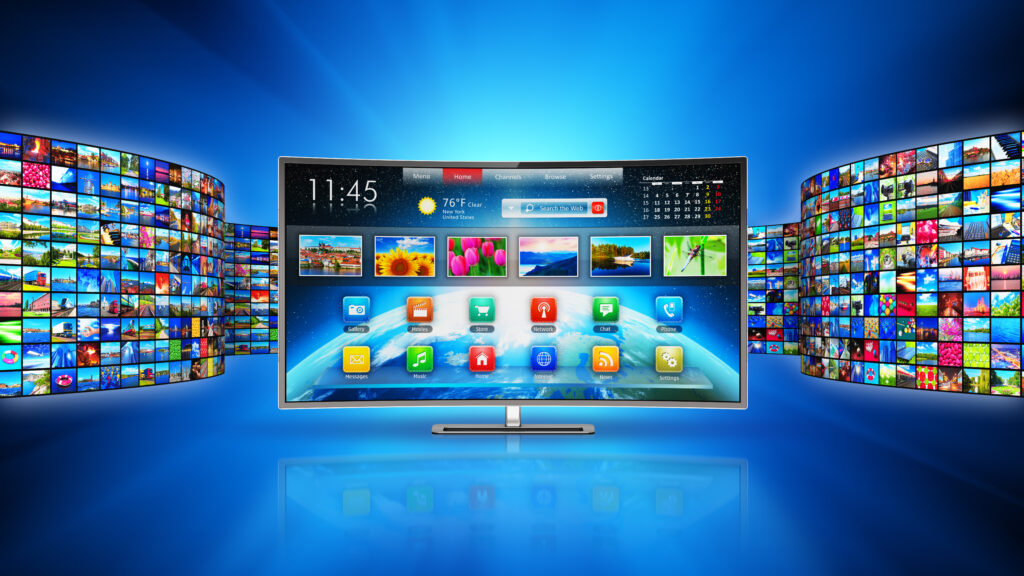
Making it More Interactive
If you’re watching a live sports event on your phone, you can check stats, vote in polls, or chat with other fans in real time. But try doing the same thing on a TV, and it’s either impossible or frustratingly difficult.
Most interactive experiences happen on mobile or the web, not on TV. Want to buy something from an ad? You’re asked to scan a QR code on your phone. Want to participate in a live quiz? You need to open an app on another device. CTV platforms rely on second screens for interactivity because TV remotes aren’t built for it.
What Needs to Change?
- Remotes need to be smarter. A basic up-down-left-right remote doesn’t work well for interactive features. TVs need better input methods, like touch-sensitive remotes or gesture controls.
- TV interfaces need to be optimized for interactivity. Instead of forcing users to switch devices, TVs should allow direct interactions on the screen, whether it’s shopping, gaming, or voting in a poll.
- Mobile-TV sync should be seamless. If you need to use your phone for interactivity, the transition should be effortless. For example, if you start typing on your phone, the text should automatically appear on your TV screen.
Safe Payment Interface for CTV
Streaming services have turned CTV into a subscription-based ecosystem, and in-app purchases are becoming more common. But entering payment details with a remote? That’s a nightmare.
Typing out your card number, name, and billing address with arrow keys takes forever. And even after that, many users don’t feel safe storing their payment details on a TV. Unlike mobile devices, which have security features like fingerprint authentication, CTVs feel less secure.
What Needs to Change?
- QR-based payments should become the standard. Scan a QR code on your TV with your phone and complete the payment instantly.
- TVs should support biometric authentication through connected devices so you can confirm a purchase with your fingerprint or face ID.
- One-click payments should be available for trusted users, just like on e-commerce sites. If you frequently rent movies, you shouldn’t have to go through the entire payment process every time.
- Making payments easier and more secure will encourage more users to make purchases directly from their TVs.
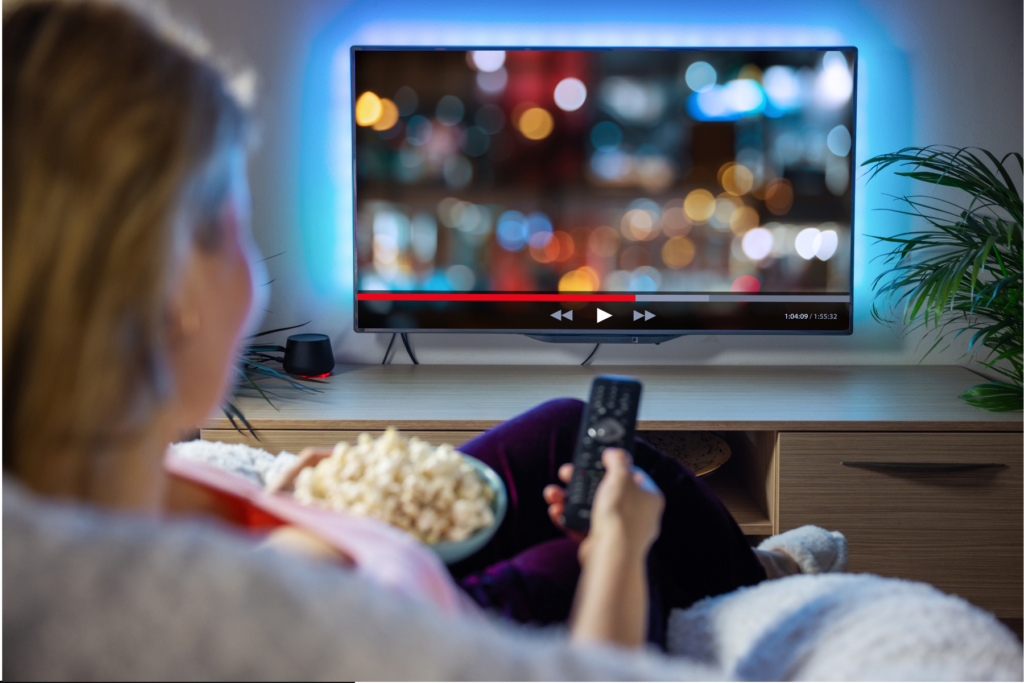
CTV Fragmentation
One of the biggest issues with CTV today is the lack of consistency across different platforms. Unlike smartphones, where Android and iOS dominate, the CTV world is fragmented. There’s Roku, Apple TV, Fire TV, Android TV, and various proprietary smart TV operating systems. Each has different app stores, interfaces, and capabilities.
This creates problems for:
Users who have to learn different interfaces depending on their TV brand.
Developers who must create multiple versions of the same app to work on different platforms.
Advertisers who struggle to run campaigns effectively across fragmented ecosystems.
What Needs to Change?
Cross-platform compatibility should be a priority. Apps should work seamlessly across different CTV devices without requiring separate versions.
Ad formats should be standardized so advertisers can reach audiences across platforms without extra effort.
TV operating systems should adopt common design principles to create a more consistent user experience.
A more unified CTV ecosystem will make things easier for everyone- viewers, developers, and businesses alike.
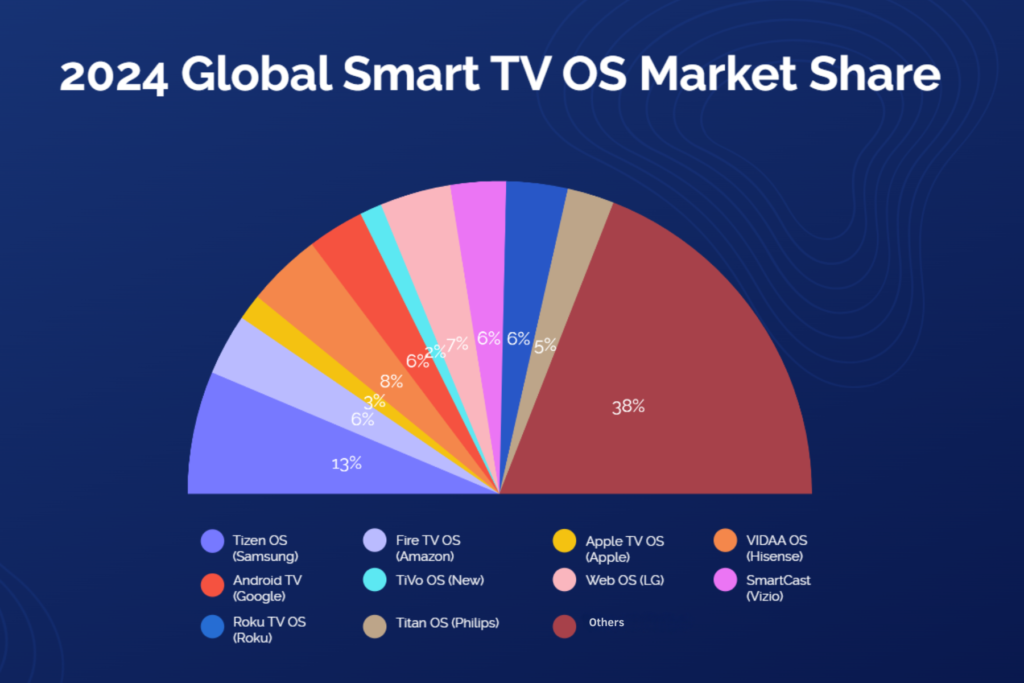
The Challenge of Limited Hardware
Smart TVs might feel advanced, but in reality, they don’t have the same processing power as smartphones or computers. This means that as apps and content get more demanding, performance issues start to appear, such as slow loading times, laggy navigation, and buffering while streaming.
Since most people keep their TVs for years, outdated hardware quickly becomes a problem. Unlike phones, which are upgraded every couple of years, TVs stay in homes for much longer. If performance isn’t continuously optimized, even relatively new smart TVs can feel slow after just a few years.
What Needs to Change?
Apps should be optimized to run on low-powered hardware. Lightweight apps that use fewer resources will ensure smoother performance.
Cloud processing should offload heavy tasks. Instead of relying solely on TV hardware, complex operations can be handled in the cloud.
AI-powered preloading should reduce buffering. If a TV can predict what a user is likely to watch next, it can pre-load content in the background, reducing wait times.
Keeping CTV platforms running smoothly requires ongoing optimization. Hardware limitations shouldn’t be the reason a TV feels outdated before its time.
Where Does CTV Go from Here?
CTV has changed the way we consume content, but there’s still a lot of room for improvement. Smarter voice controls, seamless interactivity, secure payments, platform standardization, and better performance optimization will define the future of Connected TV.
Right now, using a CTV still involves too many workarounds. We rely on mobile devices for better interaction, struggle with fragmented platforms, and deal with performance issues that shouldn’t exist in 2025.
The ultimate goal? A CTV experience that is intuitive, fast, and engaging. One where voice control works, interacting with content is effortless, payments are seamless, and performance is never an issue.
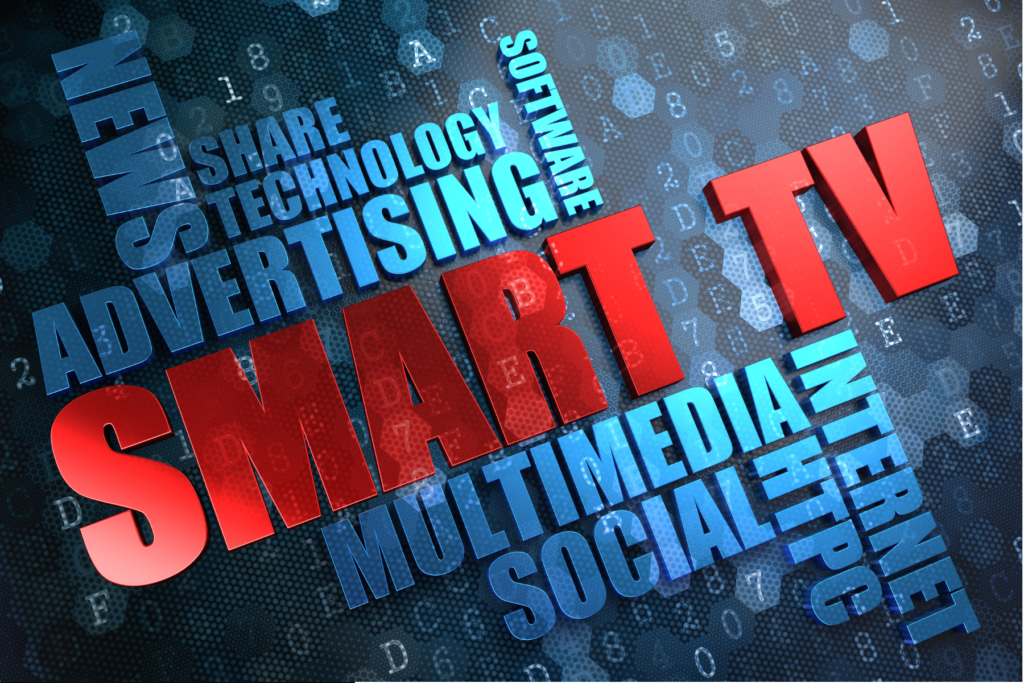
Enhance Connected TV Experiences with Logituit
Connected TV (CTV) has transformed entertainment, but challenges like clunky interactions, inconsistent experiences, and sluggish performance still affect user satisfaction. Logituit is proud partner of world’s top media entities and is delivering CTV solutions for a decade now.
By leveraging AI-driven voice recognition, seamless interactive features, secure payment solutions, and cross-platform optimization, Logituit ensures a smooth, intuitive, and engaging CTV experience. Our innovations in cloud-based processing and lightweight application design further enhance performance, making streaming faster and more responsive across all devices.
Logituit at NAB
Making its NAB debut, Logituit showcased its LogixStream ecosystem—LogixEngage, LogixPlayer, LogixEnrich, and LogixCMS—designed to enhance platform performance and user experience.
Read the blog to learn more:
SHARE THIS ARTICLE
Stay up to date on latest trend in video tech
Related Posts



























